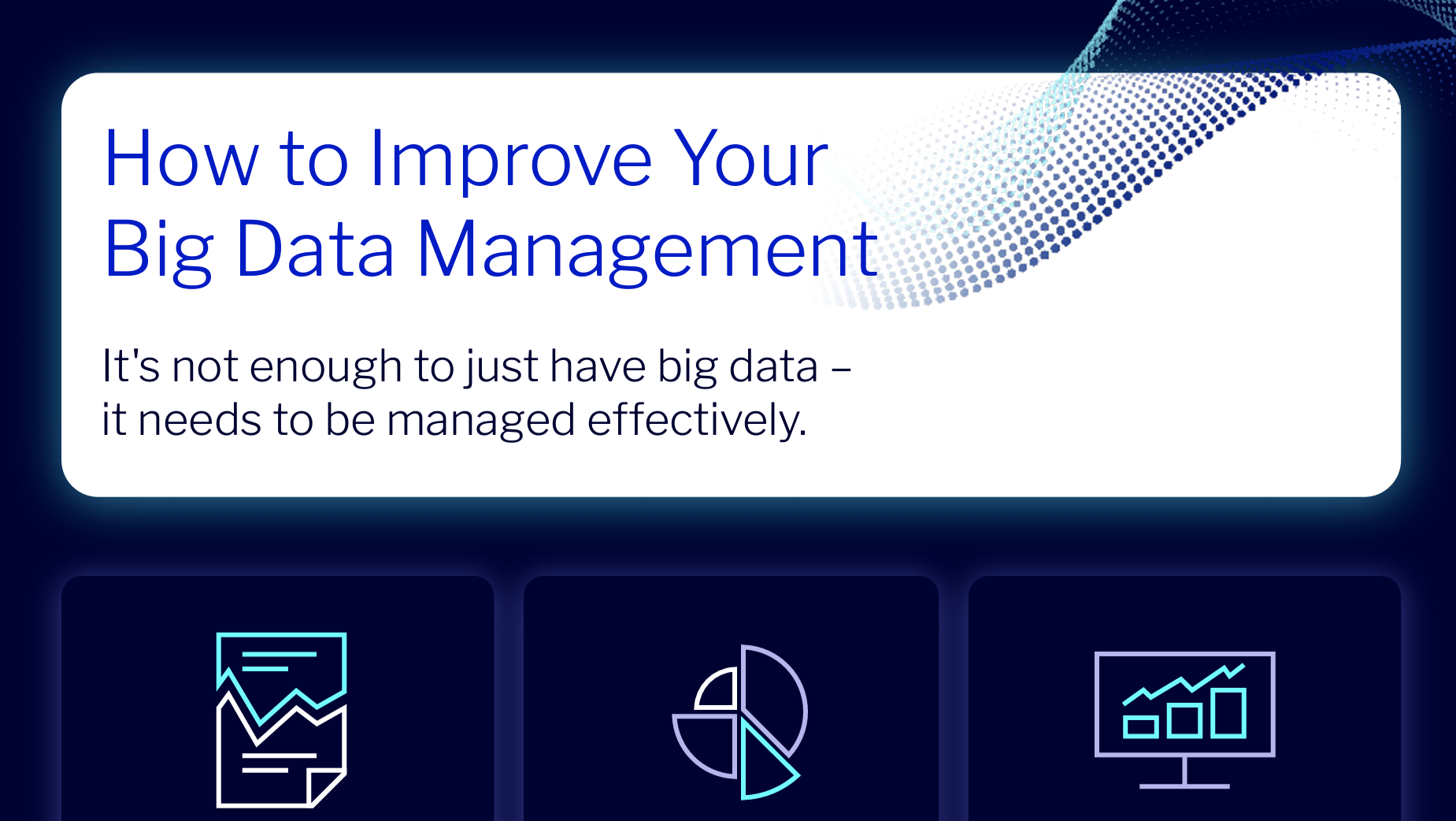How to Improve Your Big Data Management

- https://www.gartner.com/smarterwithgartner/how-to-create-a-business-casefor-data-quality-improvement/
- https://www.forrester.com/blogs/hadoop-is-datas-darling-for-a-reason/
- https://www.microstrategy.com/content/dam/website-assets/collateral/financial-documents/press-release-archive/MicroStrategy%20Global%20Analytics%20Study%20Finds%2097%20of%20Real-time%20Enterprise%20Decisions%20are%20Data-deprived.pdf
- https://www.sigmacomputing.com/resources/data-language-barrier/
- Ibid.
- https://www.domo.com/solution/data-never-sleeps-6
- https://www.cio.com/article/220347/ai-unleashes-the-power-of-unstructured-data.html
- https://www.sagiss.com/blog/data-storage-38-interesting-facts-and-figures
- https://www.capgemini.com/wp-content/uploads/2017/07/the_big_data_payoff-turning_big_data_into_business_value.pdf
- https://www.forbes.com/sites/rkulkarni/2019/02/07/big-data-goes-big/
- https://www.mckinsey.com/business-functions/marketing-and-sales/our-insights/five-facts-how-customer-analytics-boosts-corporate-performance
- Ibid.
- Ibid.